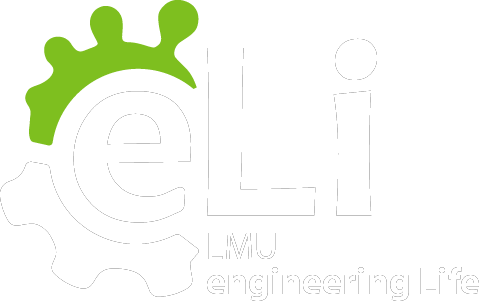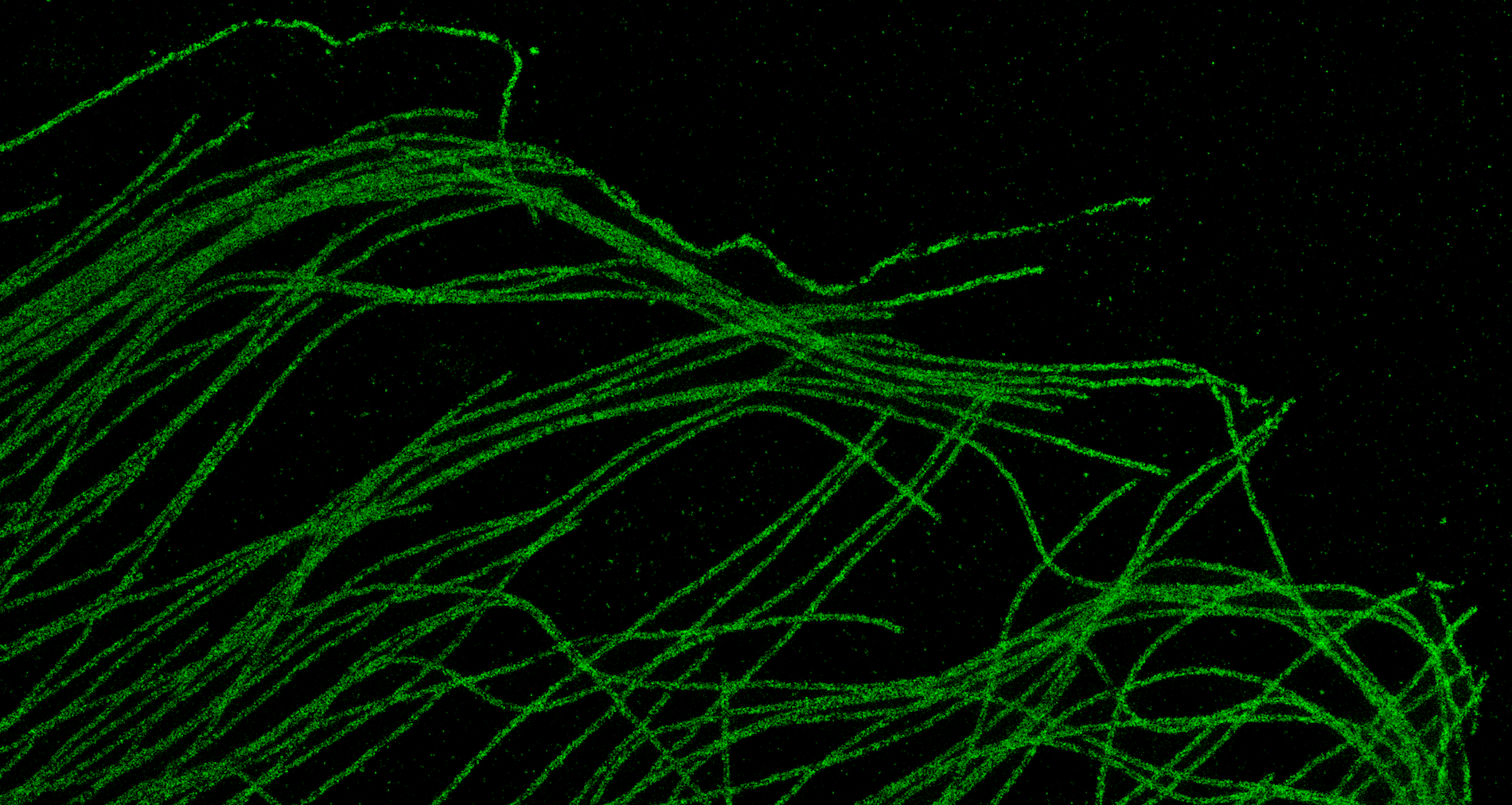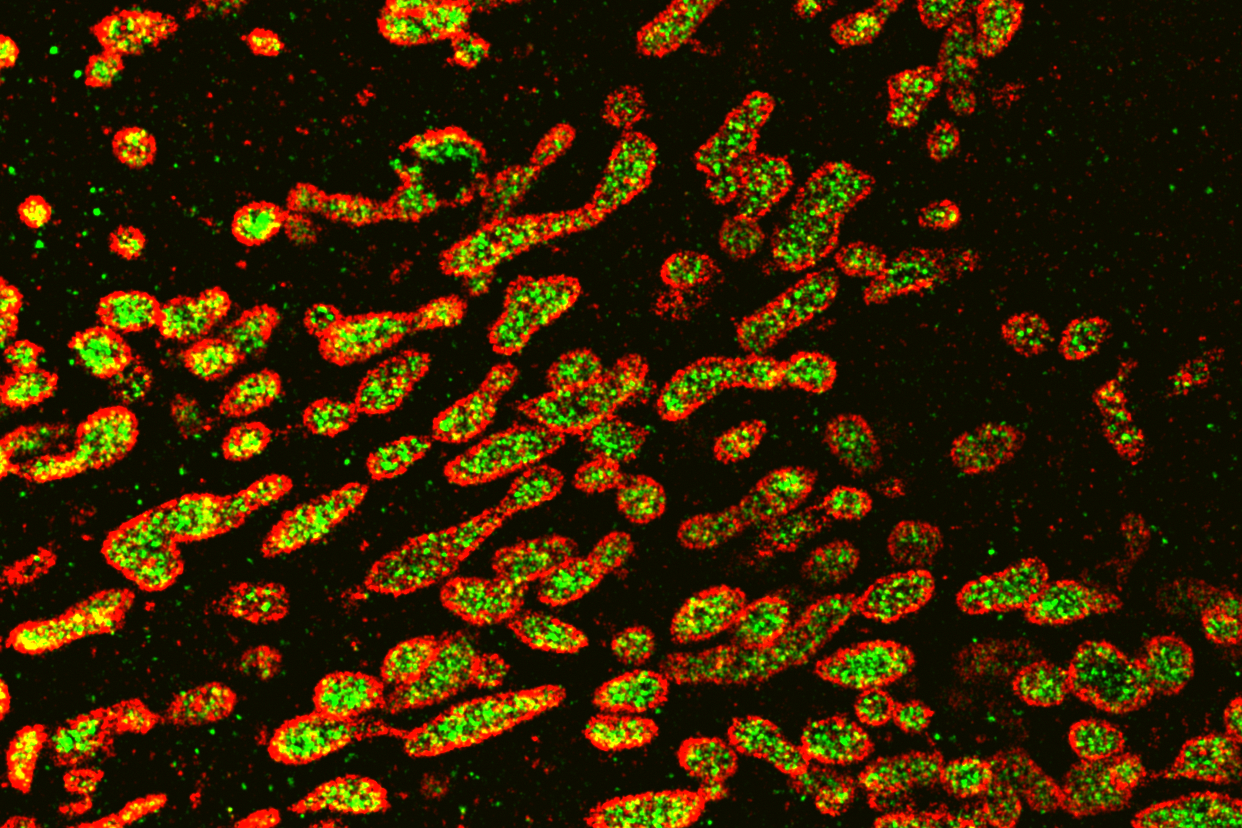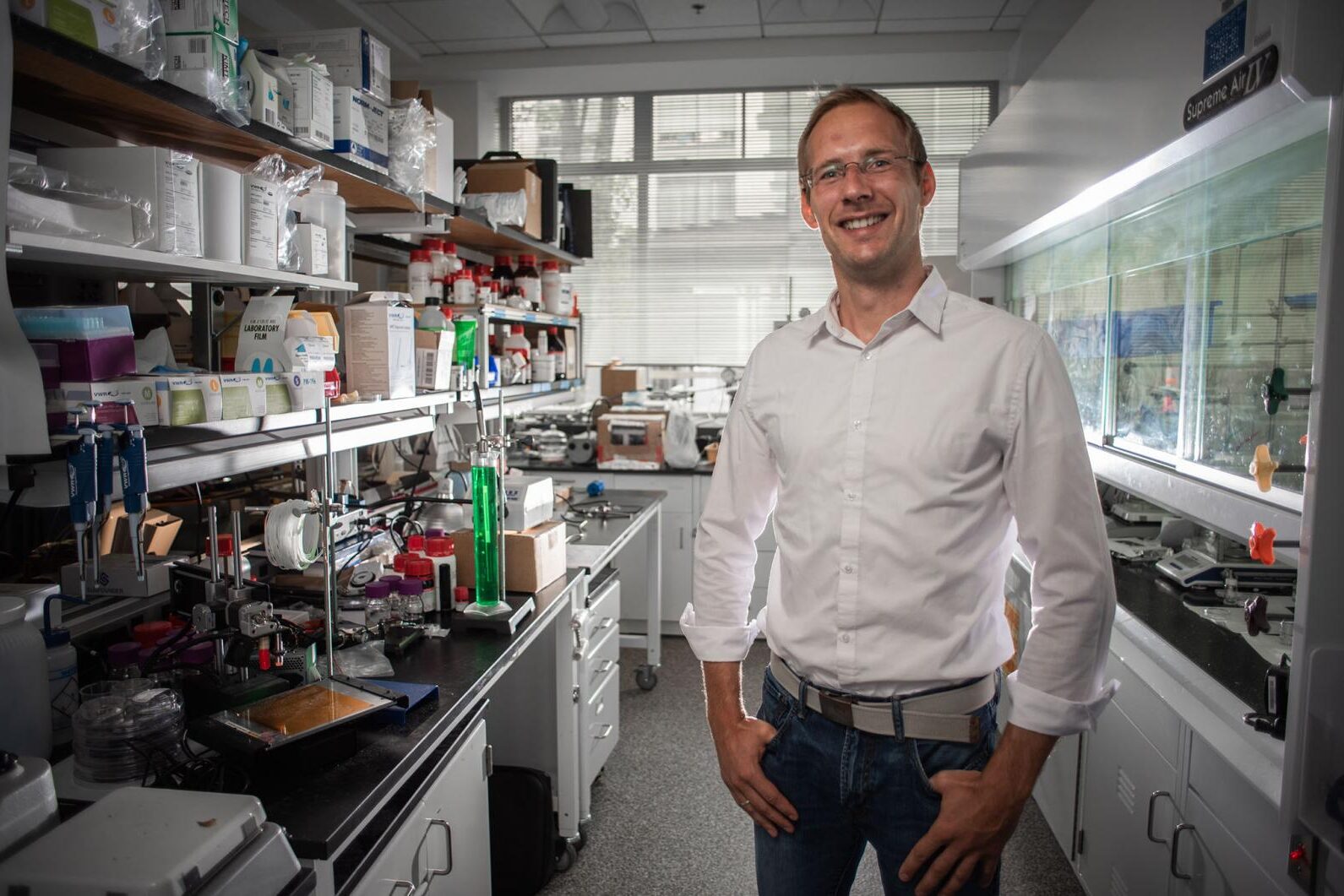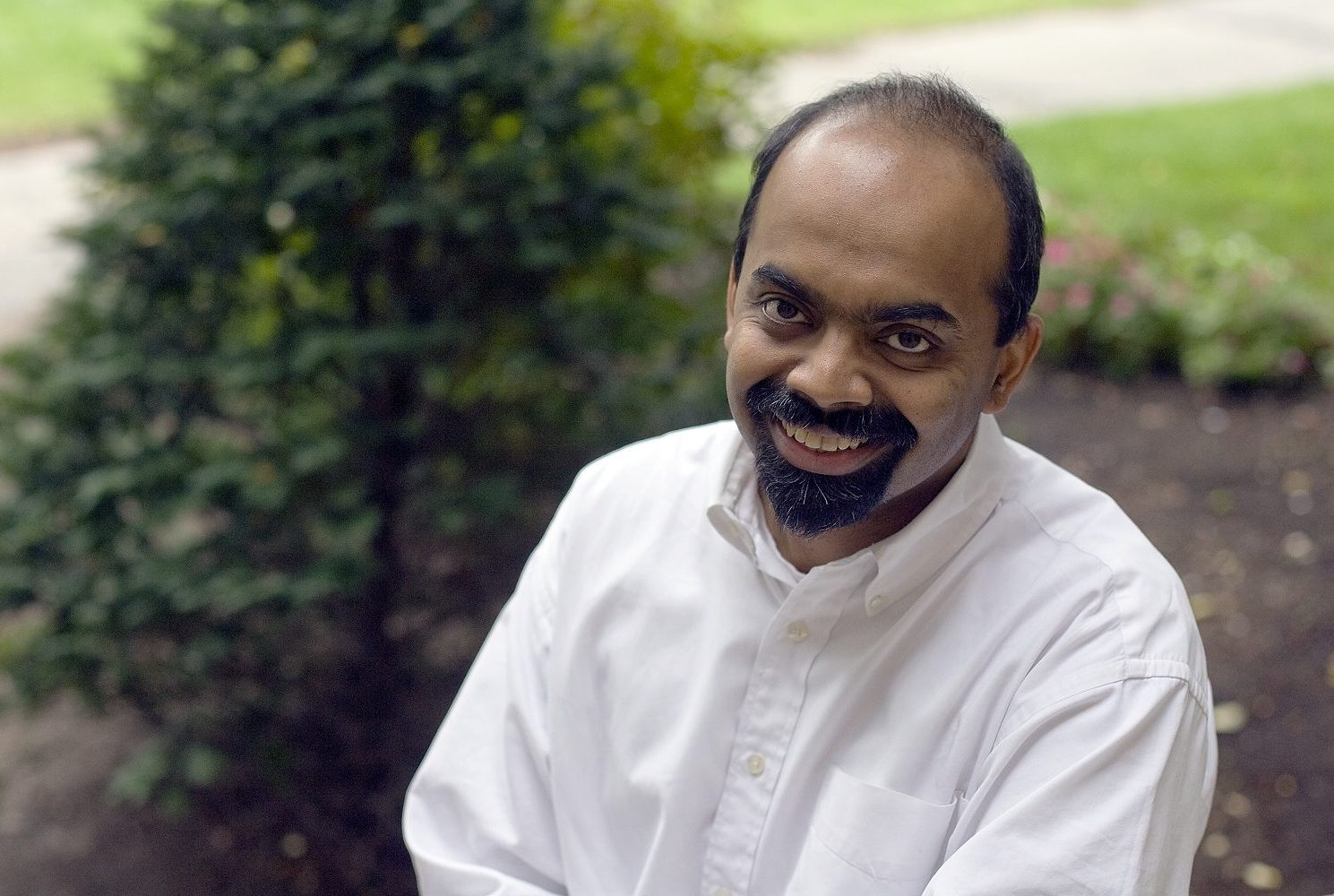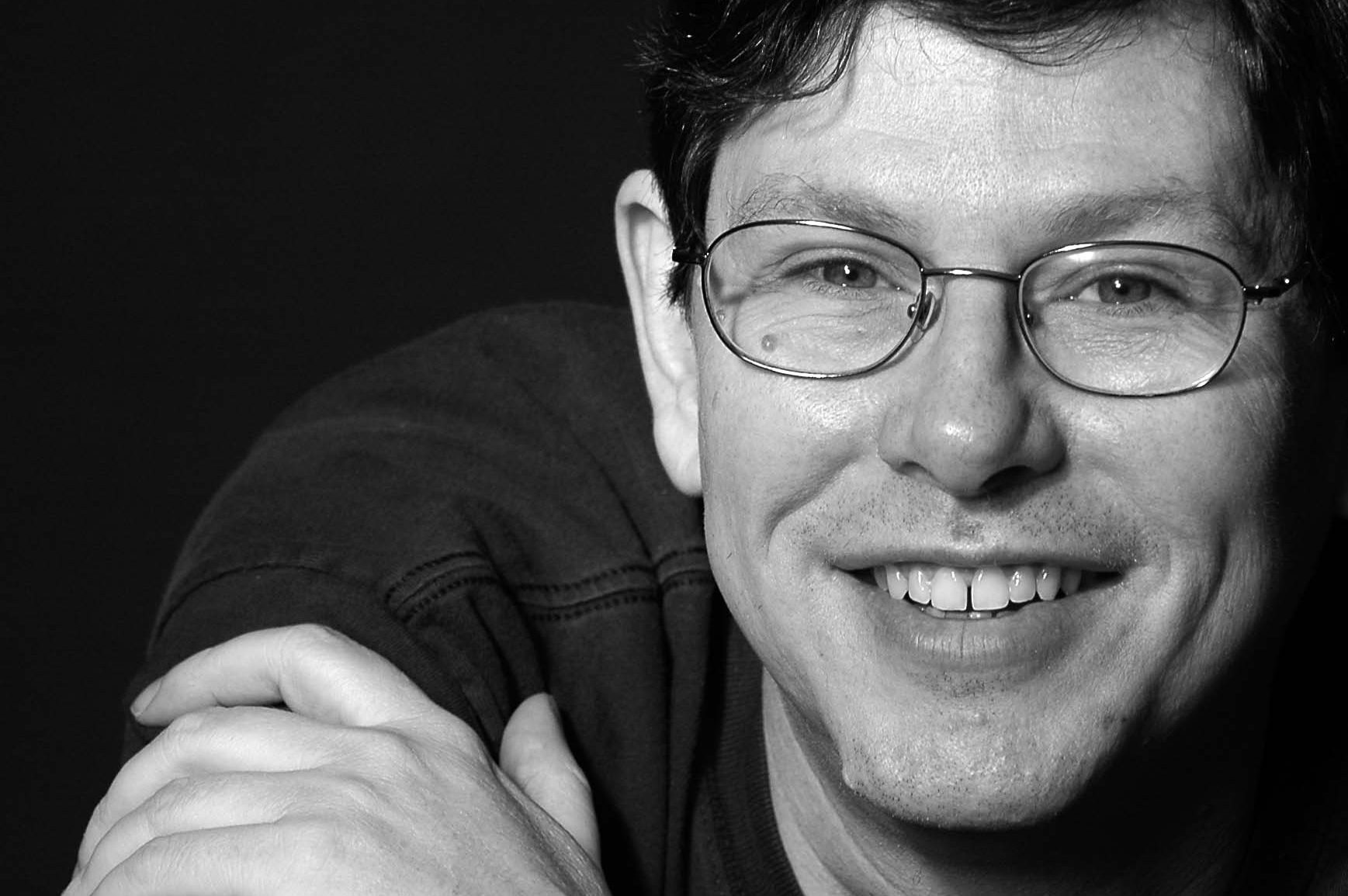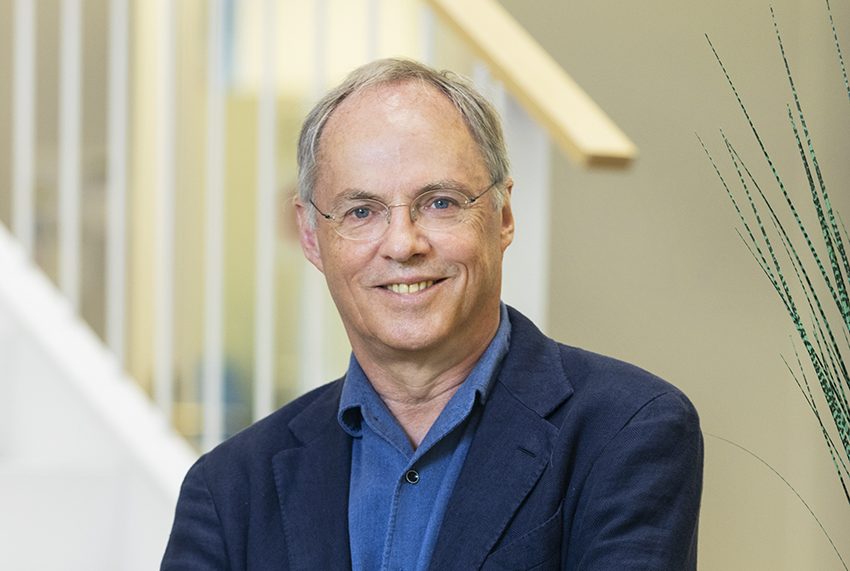What we do
Understanding and engineering the basic principles of life
Our mission is to advance the understanding of the physics of living systems across scales to bring solutions to some of the world’s most pressing bioengineering and health issues. To achieve this, we combine novel physics-centered experimental methods, system-level computational approaches, and conceptual bottom-up theory to decipher the physical laws governing the dynamic organization of life from molecules to cells. We re-engineer life-like processes and systems by employing state-of-the-art technologies and by developing novel life-inspired approaches. Our initiative is jointly supported by the LMU Center for NanoScience, the LMU Gene Center, and the LMU Arnold Sommerfeld Center for Theoretical Physics.
Engineering Life Seminar
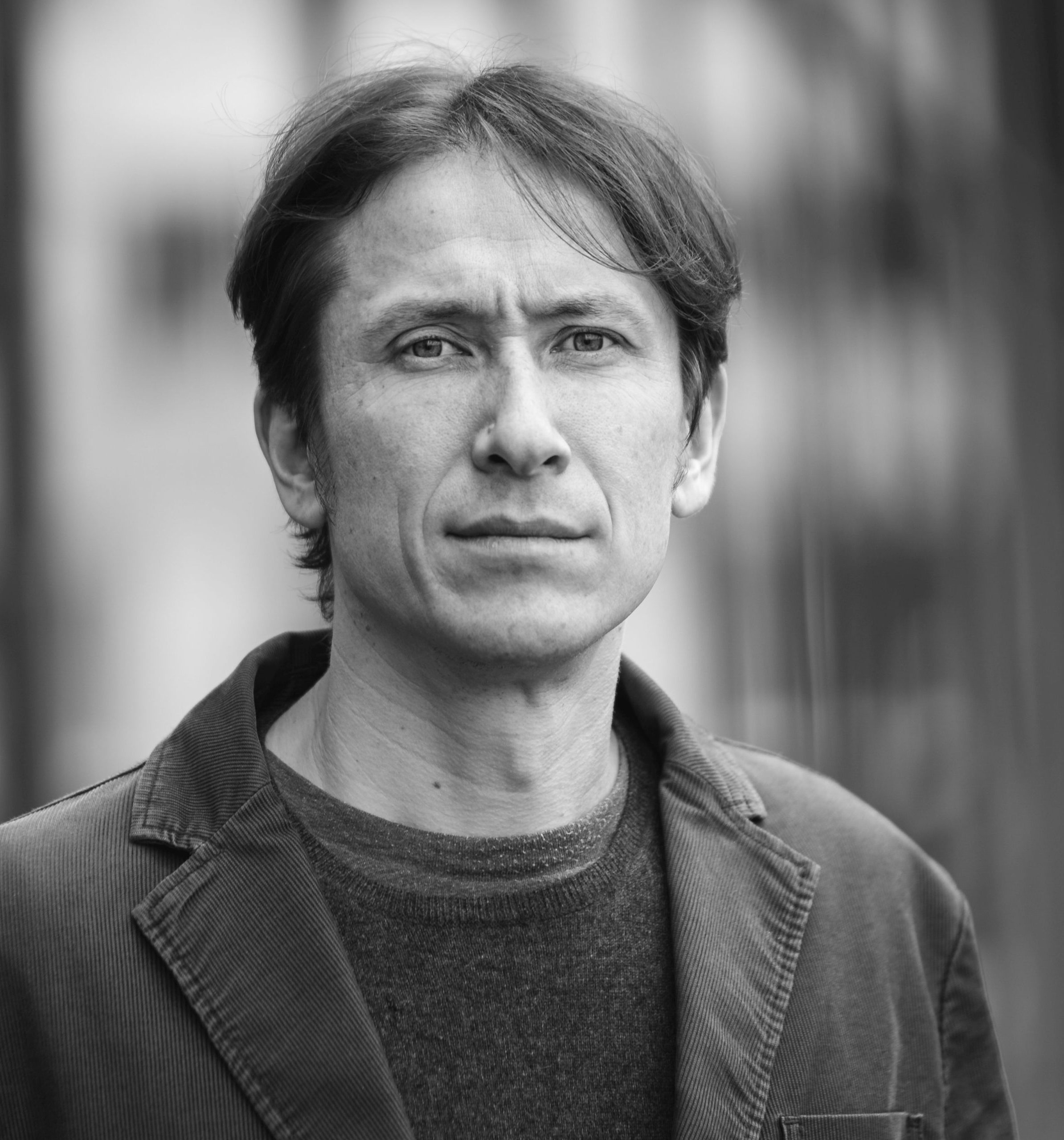
July 27 at 5.00 pm CEST
LMU, Kleiner Physikhörsaal N020 and online
Tom Shimizu, AMOLF
Why is E. coli’s ‘brain’ tuned so close to criticality
lab website join seminar onlineUpcoming seminars
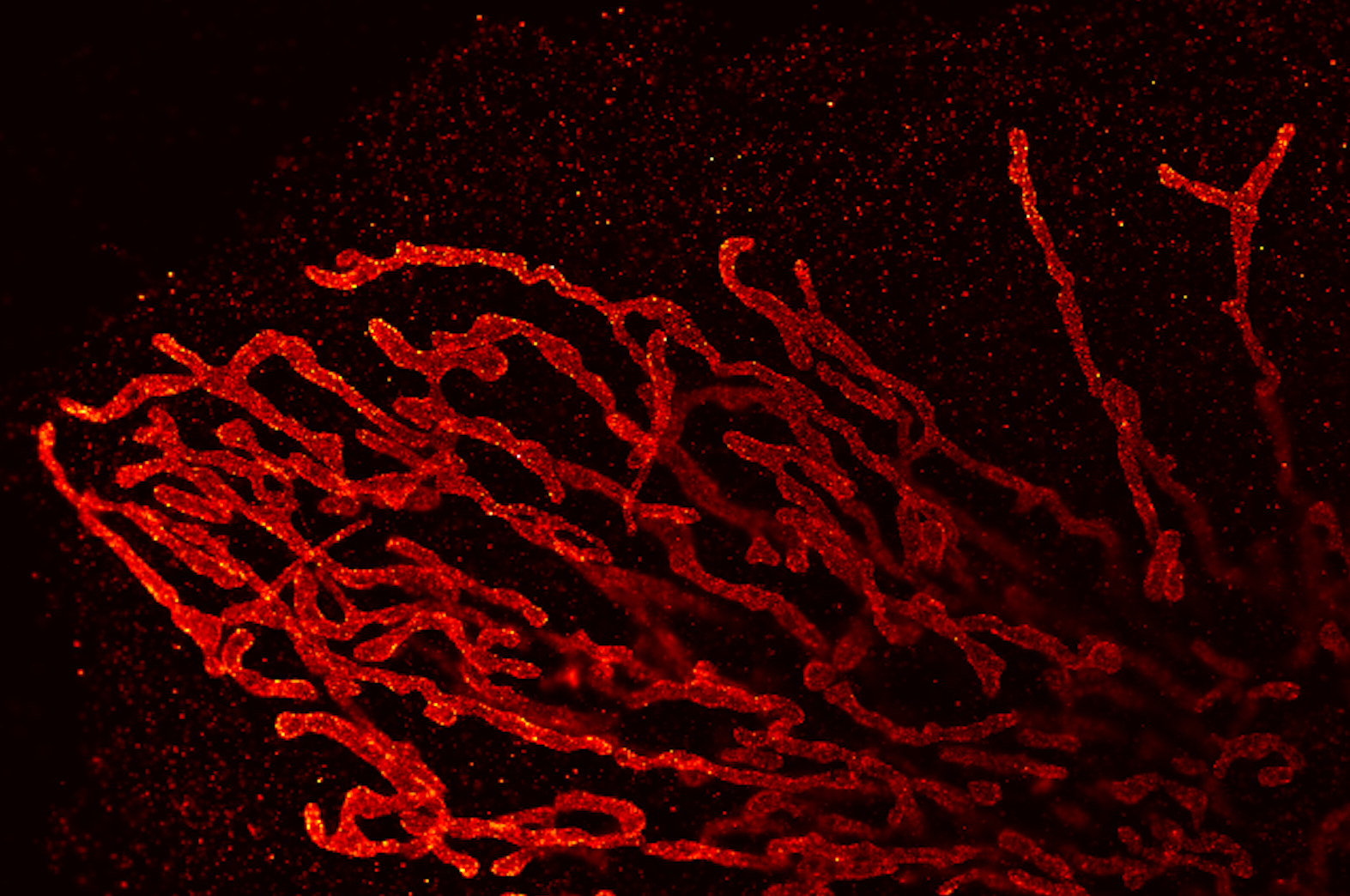
tba
Past seminars

Irene Chen
University of California Los Angeles
Keeping it together: from protocells to phages

Frank Jülicher
Max-Planck-Institute for the Physics of Complex Systems
Self-organization of active cellular processes
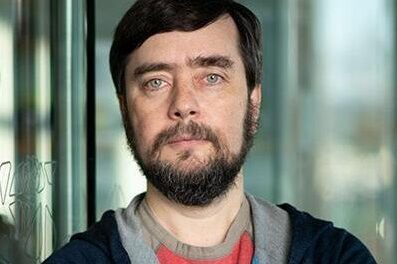
Michael Levin
Tufts University
Engineering with agential materials: from evolution to biological robotics
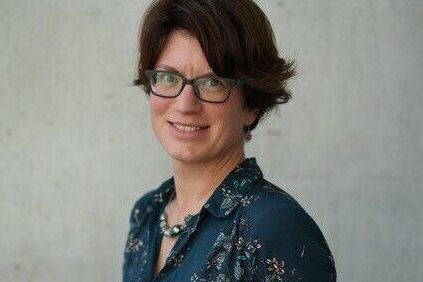
Maartje Bastings
EPFL
TRigidity at the Nanoscale: Engineering (Super-)Selective Interactions with DNA

Hagan Bayley
University of Oxford
Two aspects of protein nanopore technology that require more thought
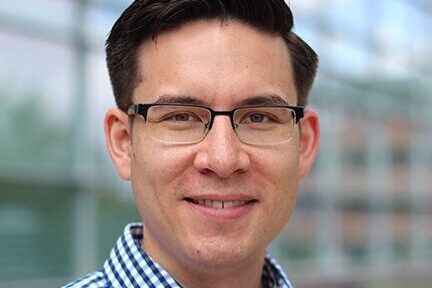
Alexander A. Green
Biomedical Engineering Department, Boston University
Building Biological Control Systems Through RNA Engineering
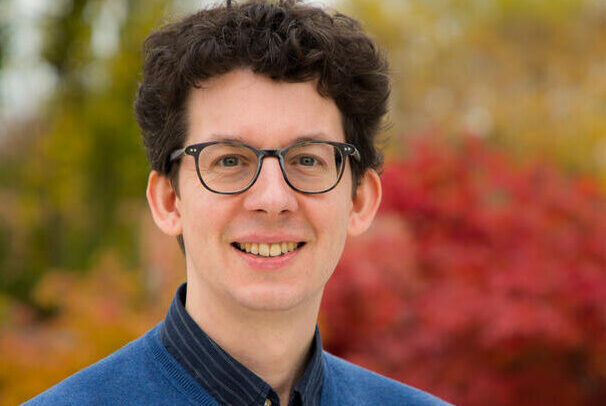
Jan-Philipp Junker
Max Delbrück Center for Molecular Medicine
Cell fate decisions in health and disease
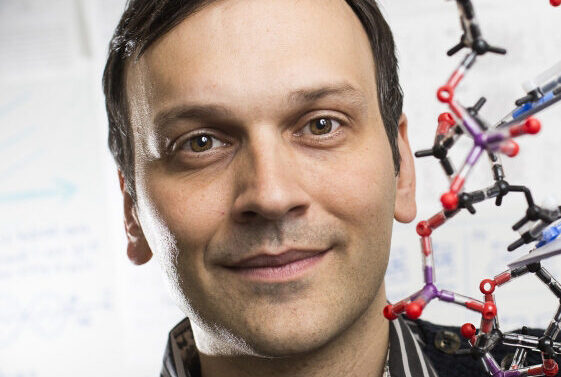
Ebbe Sloth Andersen
Aarhus University
RNA origami: The art of folding an RNA strand to create nanoscale shapes
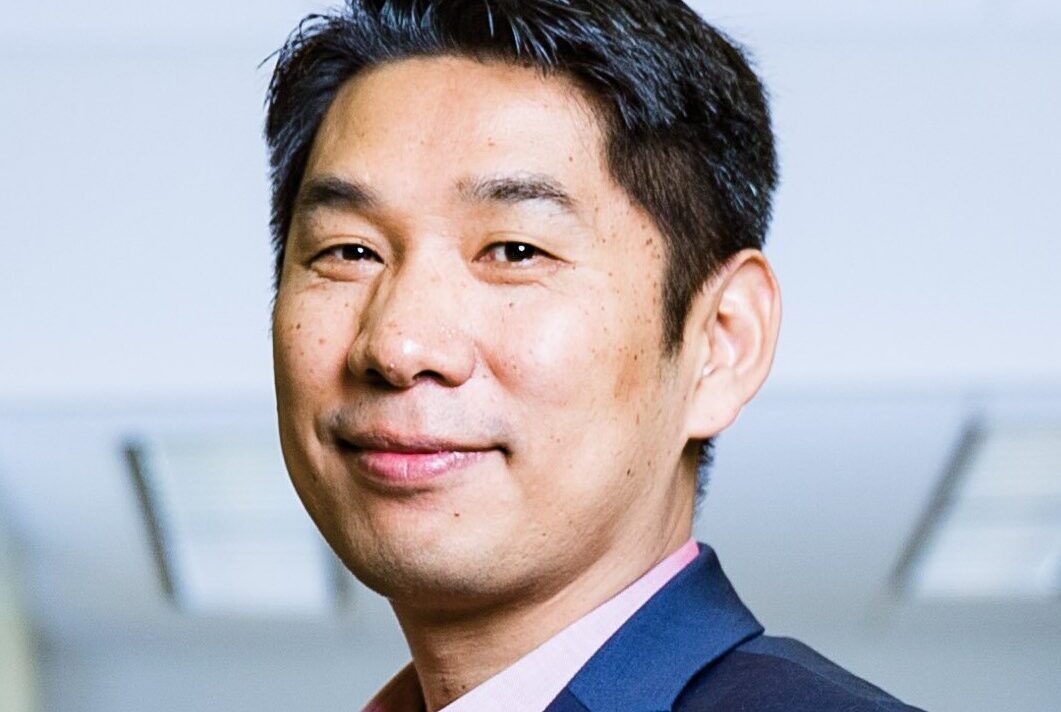
Hao Yan
Arizona State University
Designer Nucleic Acid Architectures for Programmable Self-assembly
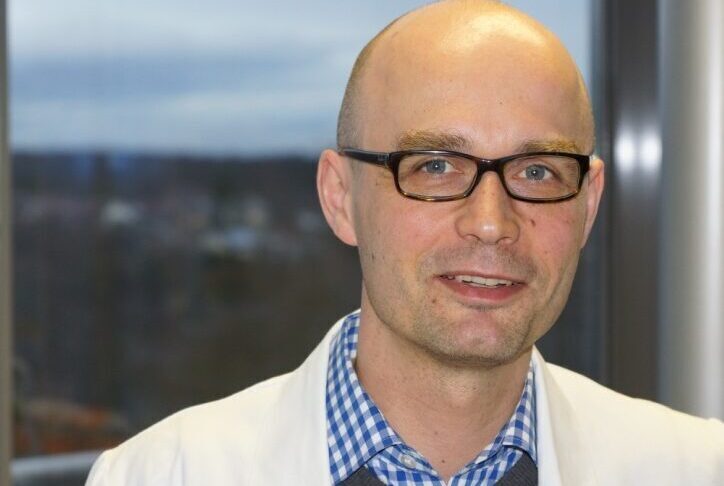
Joachim Spatz
MPI for Medical Research Heidelberg
Matter to Life: Bottom-Up Assembly of Synthetic Cells

Stirling Churchman
Harvard Medical School
The dynamics of gene expression, from the nucleus to mitochondria
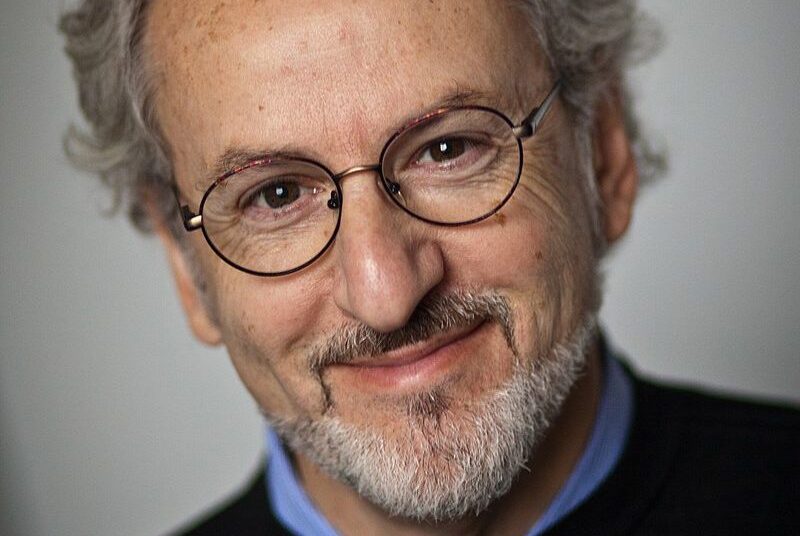
Donald E. Ingber
Wyss Institute for Biologically Inspired Engineering at Harvard University
Human Organ Chips: Reverse Engineering Human Biology for Medical Applications
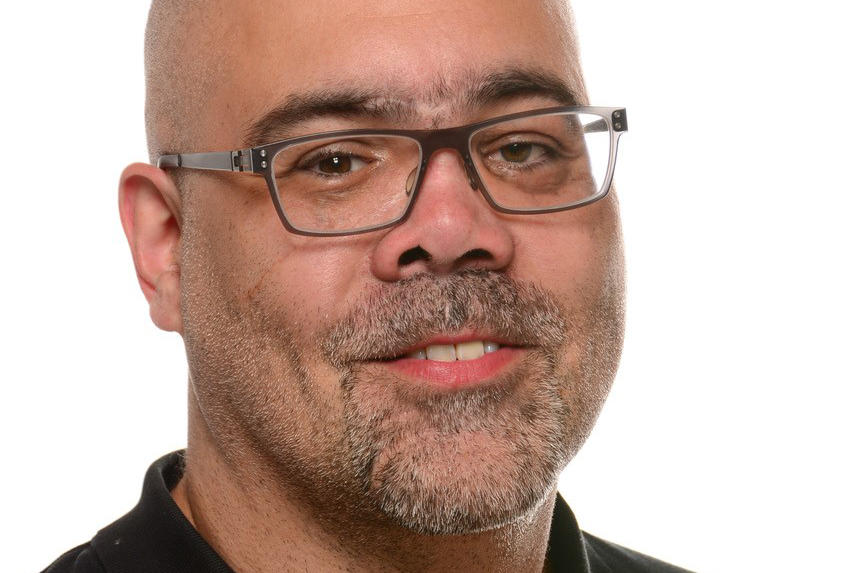
Jochen Guck
MPI for the Science of Light
Erlangen
Physical states of cells somewhere between life and death
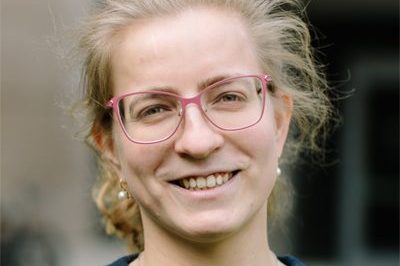
Alena Khmelinskaia
University of Bonn
Expanding the repertoire of de novo protein assemblies
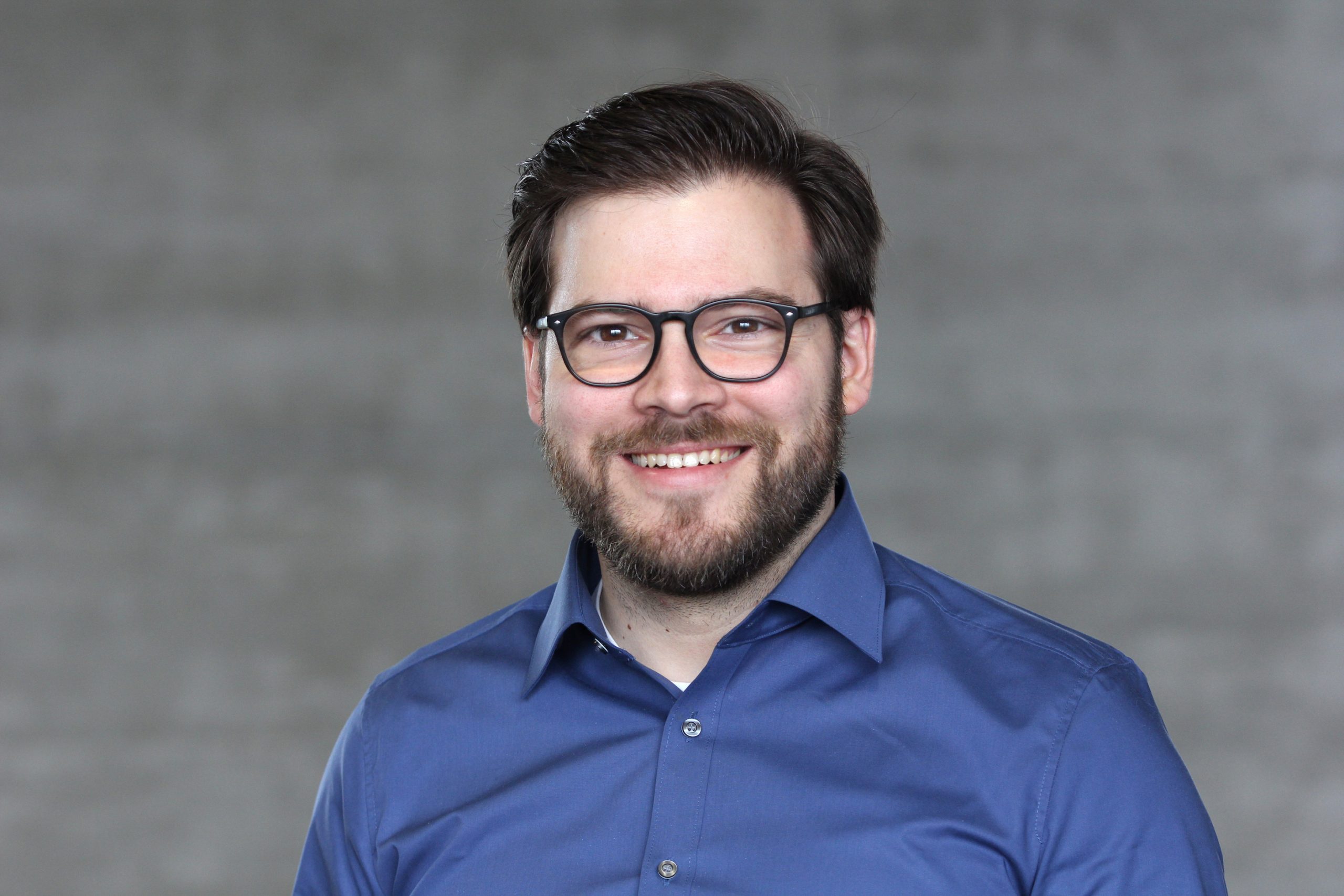
Steffen Rulands
MPI for the Physics of Complex Systems
Understanding collective processes in the cell nucleus using single-cell genomics

Cameron Myhrvold
Princeton University
CRISPR-based technologies for detecting and destroying RNA viruses

Cathleen Zeymer
TU München
Design and engineering of lanthanide-binding proteins: from de novo metal coordination to catalysis
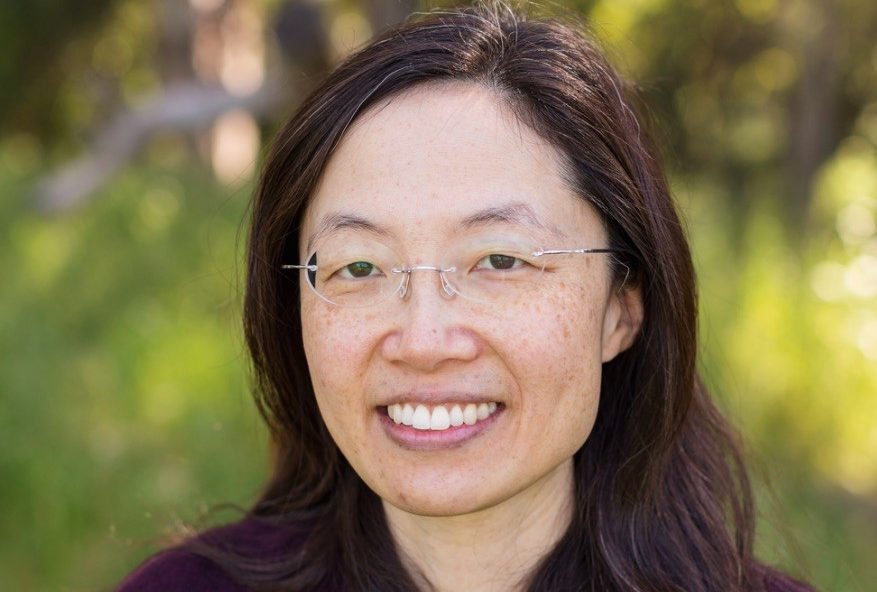
Irene Chen
University of California at Los Angeles
Emergent by-products of RNA evolution
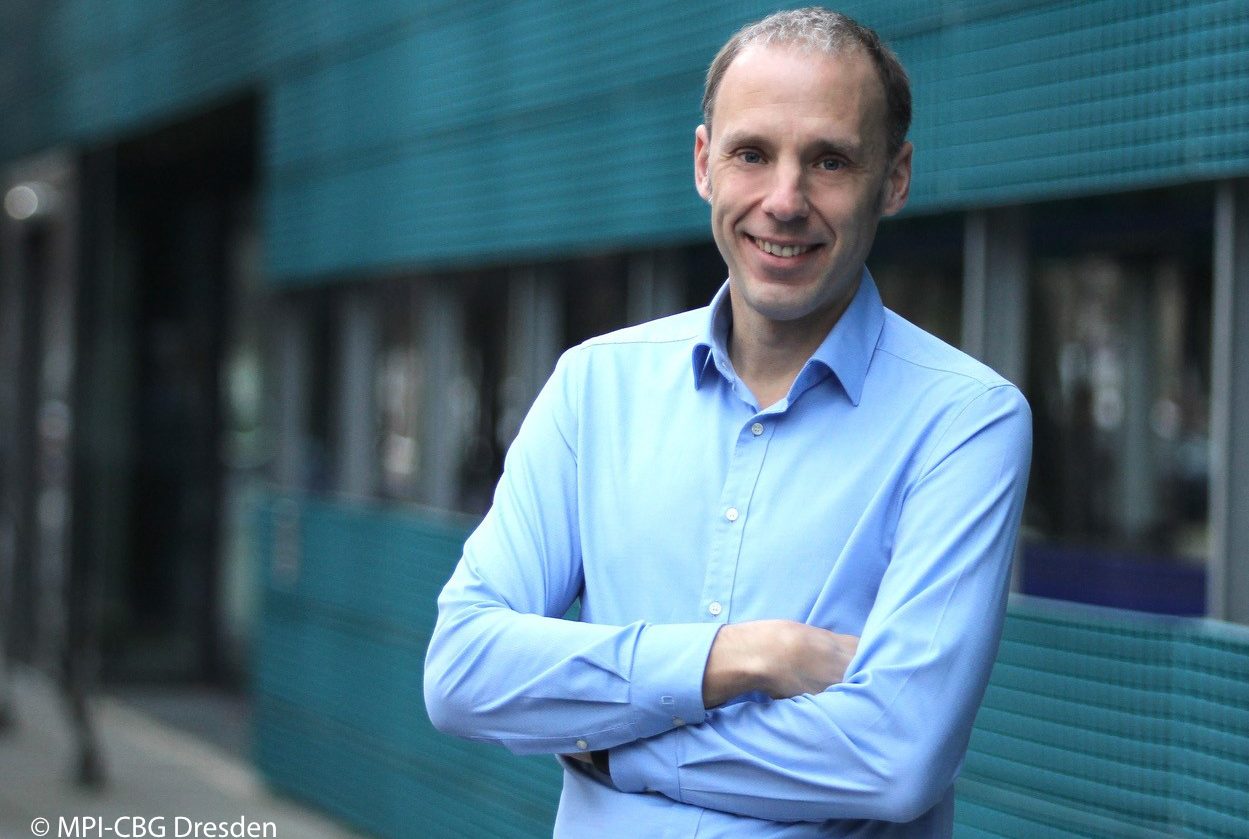
Stephan W. Grill
MPI of Molecular Cell Biology and Genetics
Condensation of proteins on and with DNA
